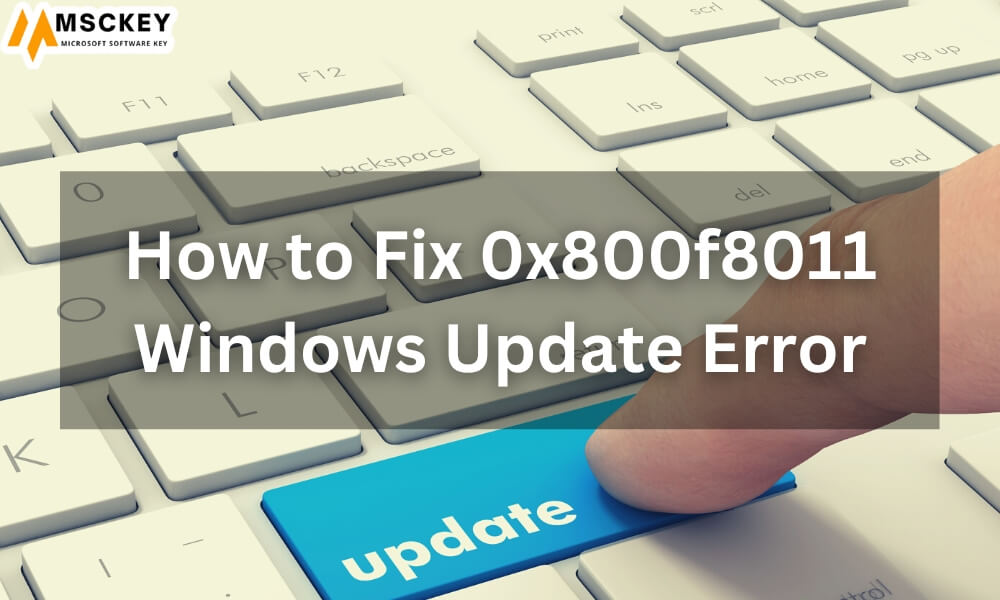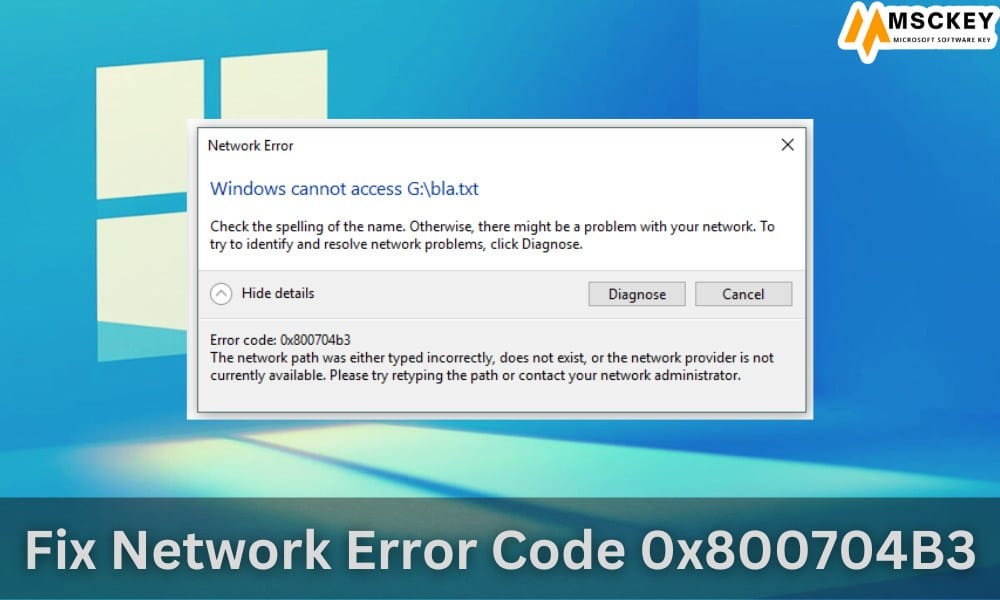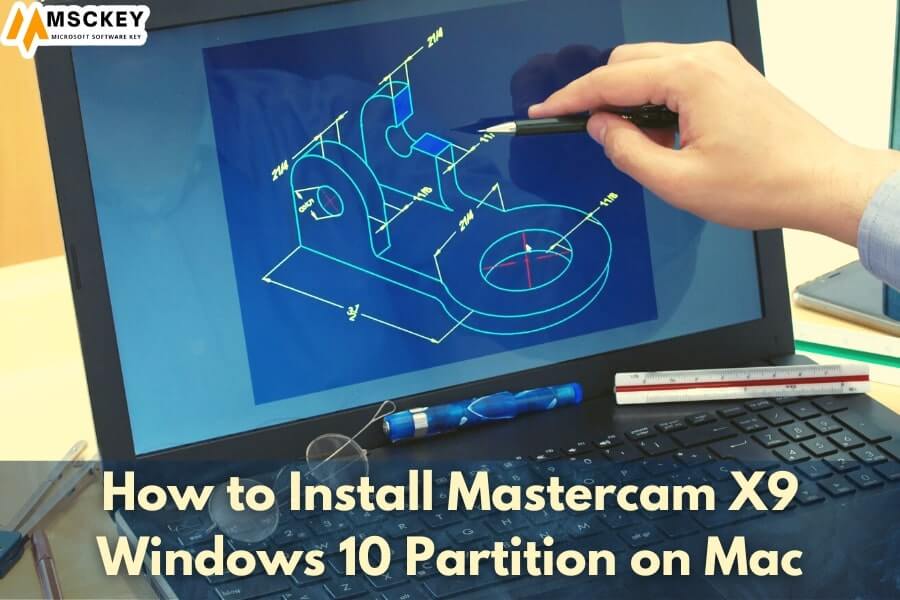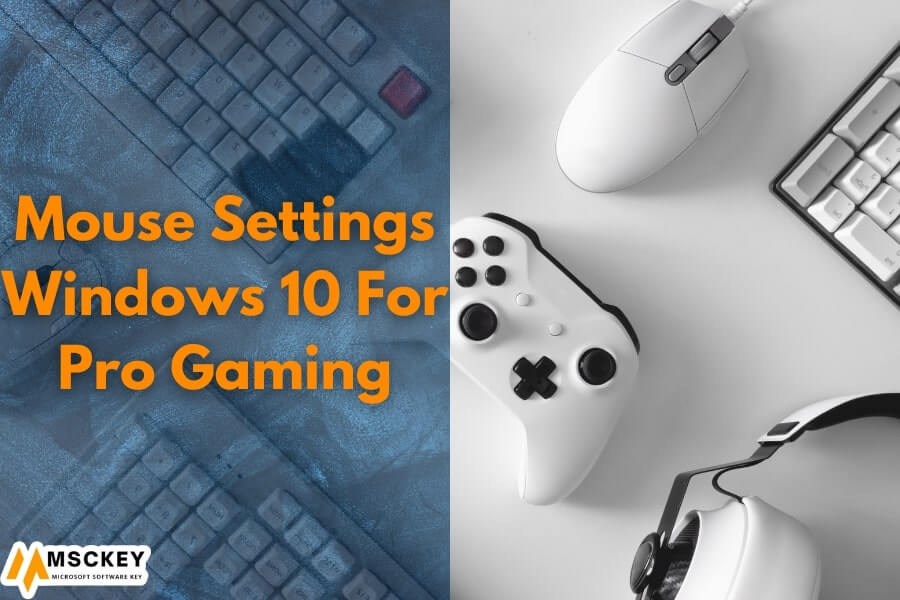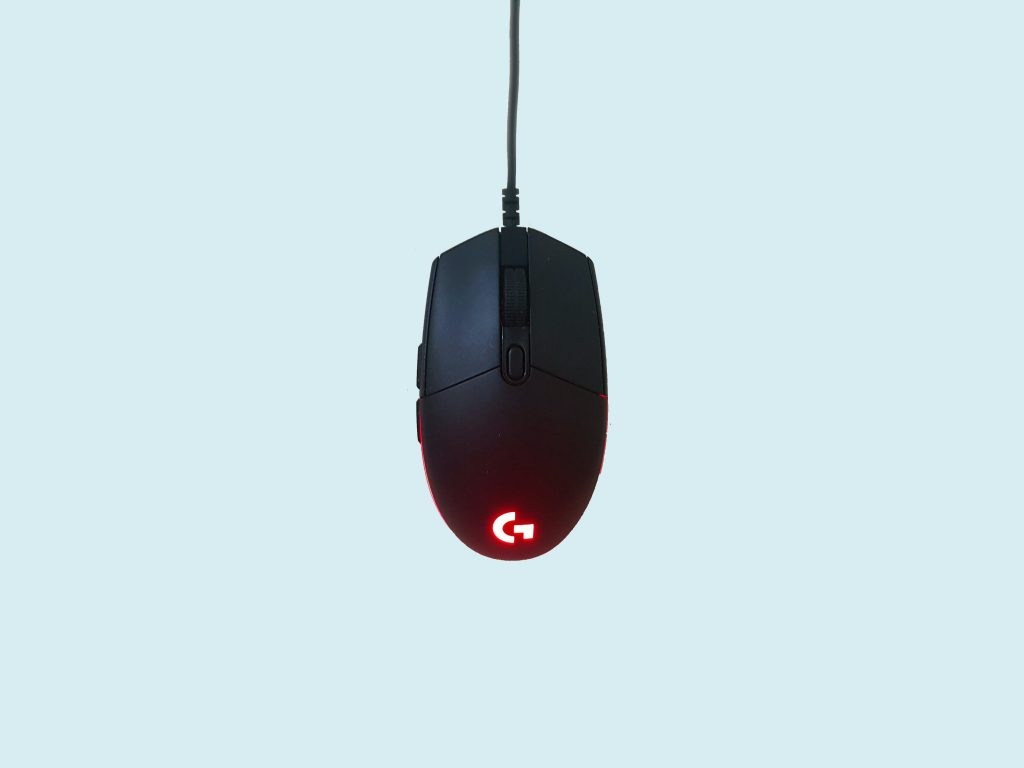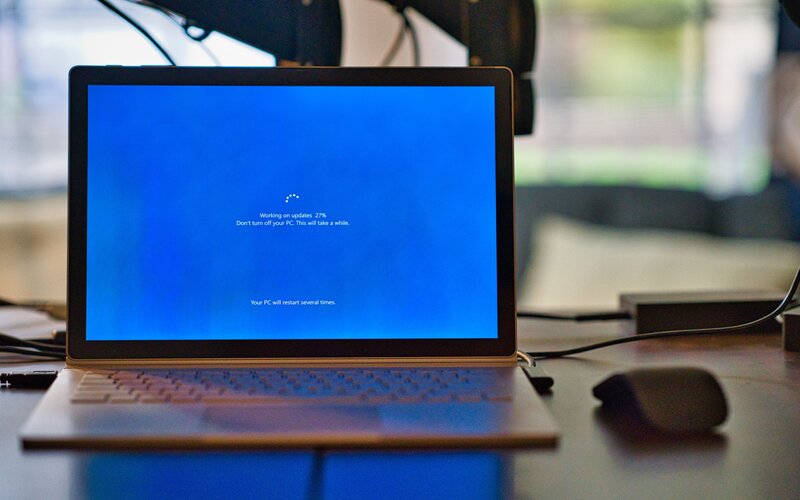How to Update Your Graphics Drivers in Windows 10 [Updated 2023]
![How to Update Your Graphics Drivers in Windows 10 [Updated 2023] 1 how to update graphics driver windows 10](https://msckey.com/wp-content/uploads/2021/10/Downloader.la-6157fc3666fcc-2.jpg)
Graphics cards are necessary these days since they have a lot of computer power and can render high-quality images. Why would you require improved image quality and resolution, you might wonder? Because every visual activity on your computer necessitates the employment of a graphics processing unit (GPU).
There would be no video signal to your monitor if you didn’t have a graphics card. Do we really want to stare at a blank screen?
Obviously, some processors have integrated GPUs, but they pale in comparison to specialized GPUs that can run the latest games and view videos at 8k resolutions. Having a decent graphics card, on the other hand, isn’t enough. Because the firmware must be optimized in order for it to function effectively, you must maintain it updated.
As a result, keeping your drivers up to date is essential if you want to get the most out of your games and view movies at better resolutions.
Furthermore, frequent driver updates include fixes for bugs and errors that can make or break games. If you’re a gamer, you’ll want to stay on top of these updates to get the most out of your experience.
Additional drivers frequently deliver a variety of benefits, such as new features and enhanced stability, so it’s clear why keeping your drivers up to date is critical.
This is particularly crucial for graphic card drivers, as newer versions may provide greater performance in the most recent games. Updating drivers is a simple process, and we’ll show you how to update graphics drivers Windows 10 to day.
What is the best way to upgrade graphics drivers in Windows 10?
- Take advantage of Device Manager
- To access the Win + X menu, press Windows Key + X.
![How to Update Your Graphics Drivers in Windows 10 [Updated 2023] 2 How to Update Your Graphics Drivers in Windows 10](https://msckey.com/wp-content/uploads/2021/09/1-8-300x246.jpg)
3. Select Device Manager from the drop-down menu.
4. Right-click your graphics driver in the Display Adapters section.
![How to Update Your Graphics Drivers in Windows 10 [Updated 2023] 3 1](https://msckey.com/wp-content/uploads/2021/10/1-300x216.jpg)
5. From the menu, select Update Driver Software.
![How to Update Your Graphics Drivers in Windows 10 [Updated 2023] 4 2](https://msckey.com/wp-content/uploads/2021/10/2-300x224.jpg)
6. Select Automatically search for new driver software. Wait a few moments while Windows 10 searches for and installs the most recent driver for your computer.
Using the Device Manager to update your drivers requires some previous knowledge, but once you get the hang of it, it’ll be a breeze.
Note: Because there may be driver versions that the software is unaware of, the Windows Device Manager is not the ideal approach to update your drivers.
Install the drivers from your local computer.
- Continue with Steps 1 and 2 from the previous section.
- Select Browse my computer for driver software from the drop-down menu.
![How to Update Your Graphics Drivers in Windows 10 [Updated 2023] 5 3](https://msckey.com/wp-content/uploads/2021/10/3-300x223.jpg)
3. Then, select Browse from the drop-down menu.
4. After you’ve found the right folder, click Next and wait for Windows 10 to scan it.
![How to Update Your Graphics Drivers in Windows 10 [Updated 2023] 6 4](https://msckey.com/wp-content/uploads/2021/10/4-300x224.jpg)
5. If appropriate drivers are located, Windows 10 will install them automatically.
If you already have the required driver files on your computer, simply point Device Manager to them, and the program will take care of the rest.
Drivers are updated automatically.
It saves time to update drivers automatically. A specific driver updater program will protect your system from irreparable damage caused by incorrect driver installation.
Once a professional tool is installed, it will automatically scan your computer for outdated drivers and compare your installed driver versions to its cloud database of the most recent versions.
To ensure that everything goes well and that you don’t run into any GPU driver issues, utilize a comprehensive driver update helper like DriverFix, which will address your problems in just a few clicks. To update your drivers safely, follow these simple steps:
- DriverFix is available for download and installation.
- Start the program.
- Allow DriverFix to detect all of your problematic drivers.
- The application will now display all of the problematic drivers, and all you have to do now is select the ones you want fixing.
- Wait for the latest drivers to be downloaded and installed by the app.
- To make the modifications take effect, restart your computer.
DriverFix Keep your GPU performing at its best without having to worry about its drivers.
Manually download the drivers
This approach is a little more involved because it necessitates knowledge of your graphic card, the manufacturer’s website, and the correct driver version.
Like in the previous method, you may use Device Manager to find out the model of your graphic card by going to the Display Adapters section.
After you’ve determined the model of your graphics card, go to the manufacturer’s website. You must then navigate to the Download or Drivers area.
You must now select a Product Type, a Product Series, and a Product. Device Manager or any other system information utility can provide you with all of this information.
After you’ve chosen your graphic card model, you’ll need to choose your operating system version. This refers to either the 32-bit or 64-bit version.
Keep in mind that if you’re running a 64-bit operating system, you’ll need to choose a 64-bit version of the driver to obtain the best performance.
After installing the new graphics driver, restart your computer to finish the process. You may now take advantage of the most recent firmware features and tools.
As you can see, updating the graphics driver on Windows 10 is rather straightforward, and we hope that one of our approaches may be of assistance to you.
For additional details, we recommend reading our complete guide to updating your GPU drivers on Windows 10.
Let us know if you have any other thoughts or recommendations, or if you’d like to share your personal experience with the issue in the comments box below.


